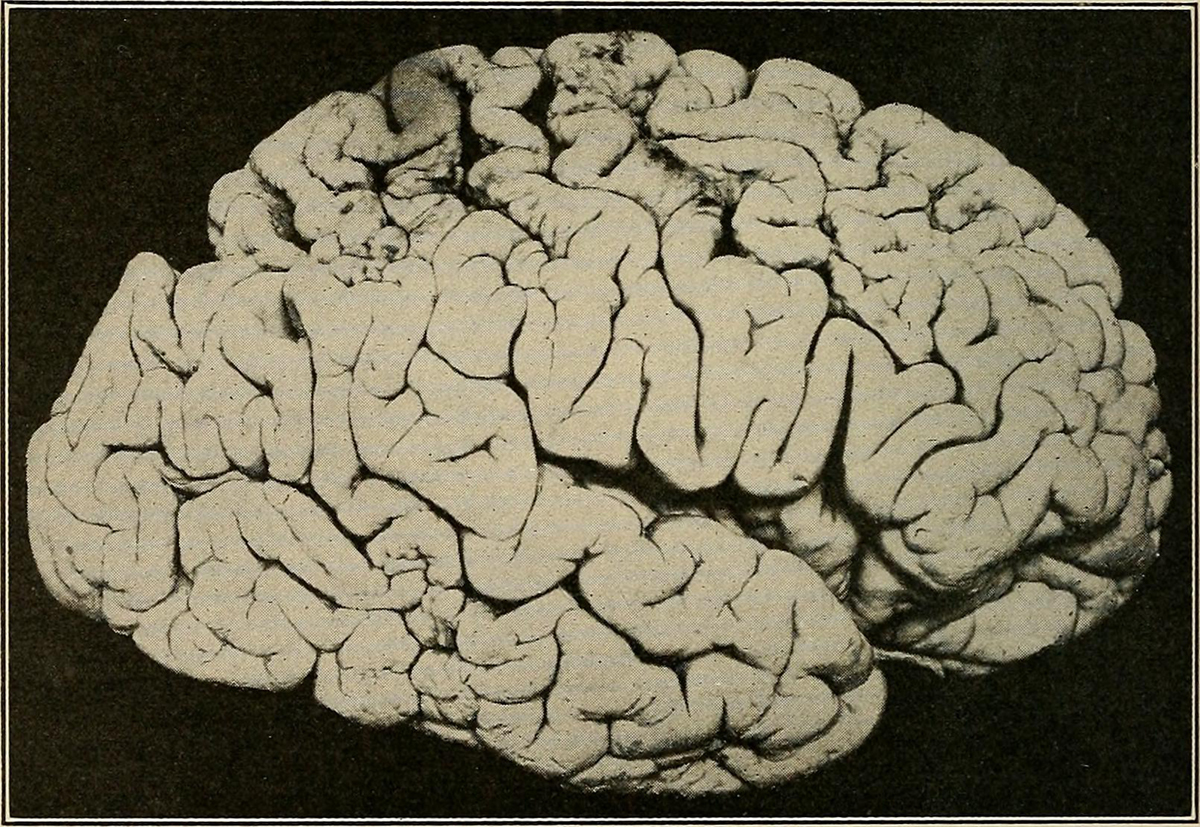
SPD stands for sensory processing disorder and it is a neurological type of medical condition which affects the taking in, processing and responding to all the different types of sensory information concerning the environment and the inside of the body. These sensory information can be proprioception, vestibular, gustatory, olfaction, tactile, auditory and visual. People who suffer from this medical condition sense and perceive the sensory information much differently than other people. It commonly leads to different behavior and responses and some tasks may be very hard to perform, especially everyday work, leisure activities and self care. Some cases may be associated with extreme sensitivity which may result in confusion, fear, distress, agitation and extreme avoidance of activities. Some medical professionals claim that the sensory processing disorder can be considered as a distinct diagnosis, while some other disagree by claiming that it is only a feature of certain other medical conditions. In most cases, the sensory processing disorder is associated with numerous different types of language, behavioral, psychiatric and neurological disorders. It cannot be cured, but fortunately enough, there are certain treatment methods which may be helpful in alleviating the symptoms.
Classifications
The term sensory integration dysfunction or SID was first used in cases of sensory processing difficulties, but over the years that has changed. The term sensory processing dysfunction is now an umbrella term which includes three different diagnostic groups of the disorder. Type I is actually the sensory modulation disorder characterized by excessive or minimal response to all different types of sensory stimuli. In this diagnostic group there are usually self absorbed behaviors, stubborn behaviors, negative behaviors, anxious patterns and fearful patterns. The type II is actually the sensory based motor disorder which can be characterized by a disorganized motor output triggered by incorrect processing of different sensory information. The third type is called sensory discrimination disorder and it is characterized by incorrect processing of sensory information which may sometimes be accompanied by sensory discrimination. Sensory modulation is a term used for very complex processes which take place in the central nervous system and are in charge of conveying the information concerning the novelty, complexity, duration, frequency and intensity of the stimuli. There are certain types of sensory modulation problems which may occur and those include sensory registration problems, sensory defensiveness and gravitational insecurity.
Hyposensitivities and hypersensitivities
Each person experiences different sorts of sensory integration disorders in a different way, characterized by varied intensity. Some people only get afflicted mildly, while certain others can barely perform normal, everyday tasks. A child can be born either hyposensitive or hypersensitive, and in both cases he or she may be affected to varying degrees. Hyposensitivities and hypersensitivities may affect one sensory modality or several of them at the same time. Hyposensitivity is actually the term used for unusually high tolerance for all different types of environmental stimuli. Hypersensitivity is a term used for abnormal intolerance to any type of sensory stimuli and it is also sometimes referred to as sensory defensiveness. When it comes to treatment of such types of sensory dysfunctions, the trick is to provide the child with just the right amount of challenge to motivate her or him. Parents need to work with an occupational therapist in order to create a sensory diet for the affected child. This diet needs to include a certain schedule of daily activities which are supposed to be filled with sensory information. Sensory processing disorder may also be related to several other disorders such as the ones from the autistic spectrum of disorders.
Sensory integration therapy
Fortunately enough, there are a few different types of treatment methods available to children who suffer from the sensory processing disorder. Some of them have no empirical evidence but are still used in some case. One of them is sensorimotor handling. There are also certain types of treatment methods which were investigated in scientific studies, but due to certain methodological problems there are not that much positive outcomes associated. Such treatment methods include auditory integration training, physical exercise and prism lenses. Sensory integration therapy can actually be characterized as a certain type of occupational therapy. It requires the child to be in a room which is specifically designed for the stimulation and the challenging of all different senses. Each session requires the therapist to work closely with the child in order to provide the best results. There are four main types of principles upon which the sensory integration therapy is based on. Those are Child Directed, Active Engagement, Adaptive Response and Just Right Challenge. Those children who suffer from hyposensitivity may be exposed to certain strong types of sensations designed to stimulate all the senses. Those who suffer from hypersensitivity are commonly exposed to much quieter settings. One should not forget the fact the sensory processing disorders may affect adults as well.

















Your thoughts on this
Loading...